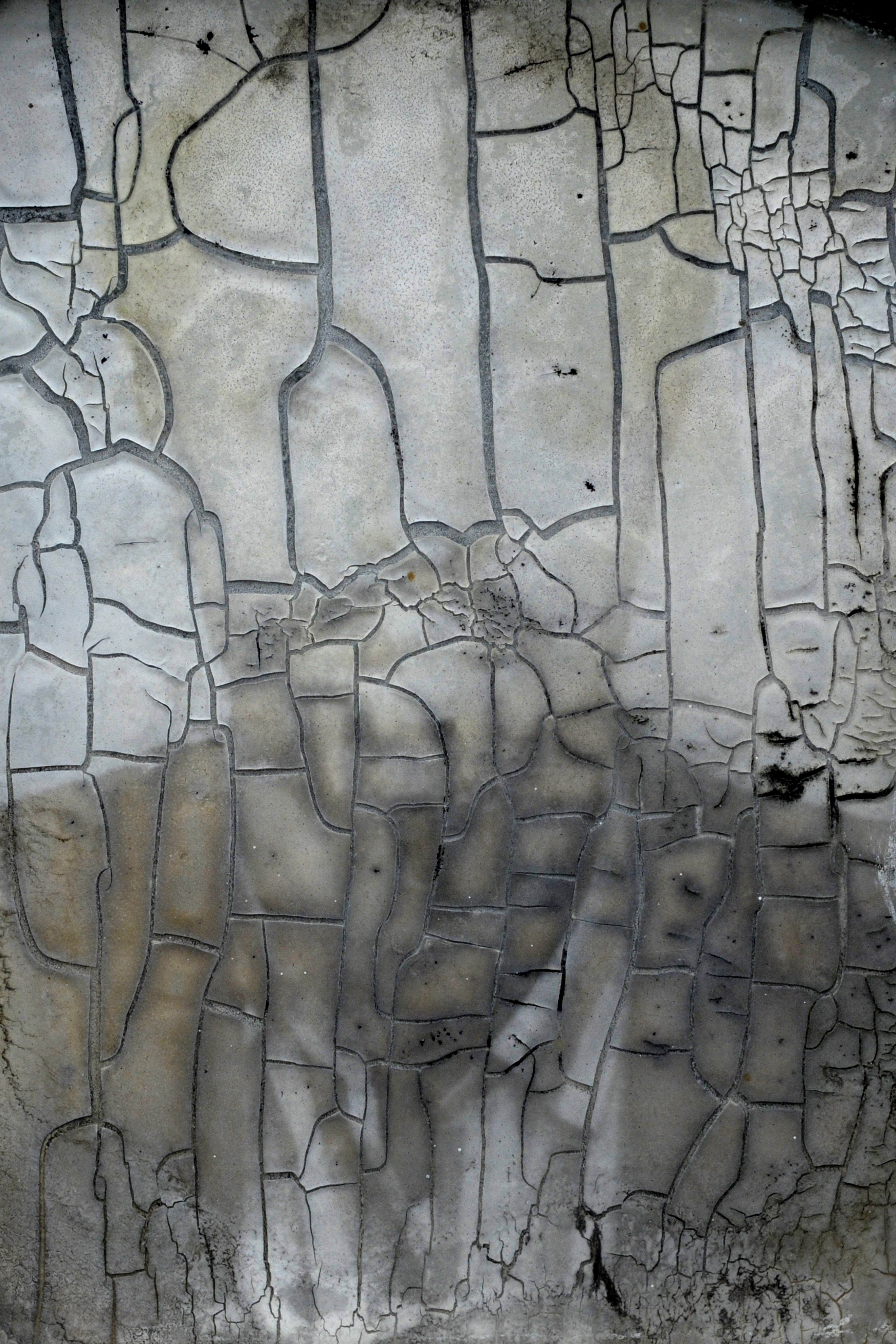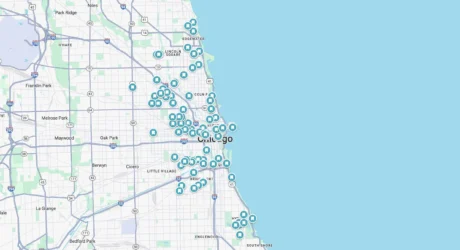Although running concurrently with the mammoth Frieze London and the young and cool, Sunday, 1:54 Contemporary African Art Fair manages to hold its own across the multiple wings of Somerset House. Now in its fourth year, 1:54 provides an exciting and vital showcase of contemporary African art, with its title making reference to the 54 countries that make up the continent.
The fair, which held its second New York edition earlier this year, is a celebration of diversity featuring work from 40 galleries hailing from 18 countries and bringing questions of African identity, memory and experience to the fore.
Afronova, a Johannesburg-based gallery, made a particularly exciting move, presenting the work of five young female artists. Lebohang Kganye’s photographic series, Ke Lefa Laka / Her-story is especially memorable, the artist layering images of herself onto old photographs of her mother. Quietly nestled in a corner of the fair, the series presents a compelling document of loss and personal becoming. Nearby is Nontsikelelo Veleko’s Screamblacklips!, a grainy image of a black woman screaming, her lips glossy with gothic dark lipstick and her neck bound in plastic chokers, resembles a tear-out from a 1980s zine, but is indicative of the sort of bold, unflinching attitude at work here.
Similarly, San Francisco’s Jenkins Johnson Gallery presents Kenyatta A. C. Hinkle’s intimate collages which interrogate narratives around the black female body, history and power. In these works, the tactile collage technique operates to dismantle any fixed notions of identity, instead bringing about new and transformative visions that forcefully challenge stereotype and convention.
Meanwhile at Morocco’s L’Atelier 21, Hassan Hajjaj injects his characteristic wit into the fair. Hajjaj, who came to international attention following his show Kesh Angels at the Taymour Grahne gallery in New York in 2014, is renowned for his work that celebrates the increasing dissolving of boundaries between cultures. Amongst the works on display is Munika on Coke, which depicts a blue-eyed, pale-skinned Barbie doll shrouded in a niqab and propped on a bicycle seemingly sponsored by Pepsi. It’s a perfect example of Hajjaj’s tongue-in-cheek response to current culture clashes, instead reconciling West and East in an incidence of playful absurdity.
Capetown’s Barnard Gallery offers a solo display of Lien Botha’s work. Her series Wonderbloom is a contemplative study on history and the slow disintegration of memory. In each new panel, an element disappears manufacturing the terrible inevitability of time and our desire to preserve and hold onto what has passed. In the gallery next-door, Michael Tsegaye, who is represented by Ethiopia’s Addis Fine Art, offers a similar dilemma in his piece Chasms of the Soul: A Shattered Witness. Initially, the series could be a mistaken as a collection of hip Instagram images because of their blurred quality and systematic arrangement, but on closer inspection these are eerie images of Ethiopian gravestones where the faces of the dead fade and bleed into the stone. In the most classic sense, these are momento mori , however not only do they remind us of the unavoidability of death, but also of the certainty of change and of continued transformation.
1:54 Contemporary African Art Fair runs from October 6-9 at Somerset House, London. 1-54.com/london/


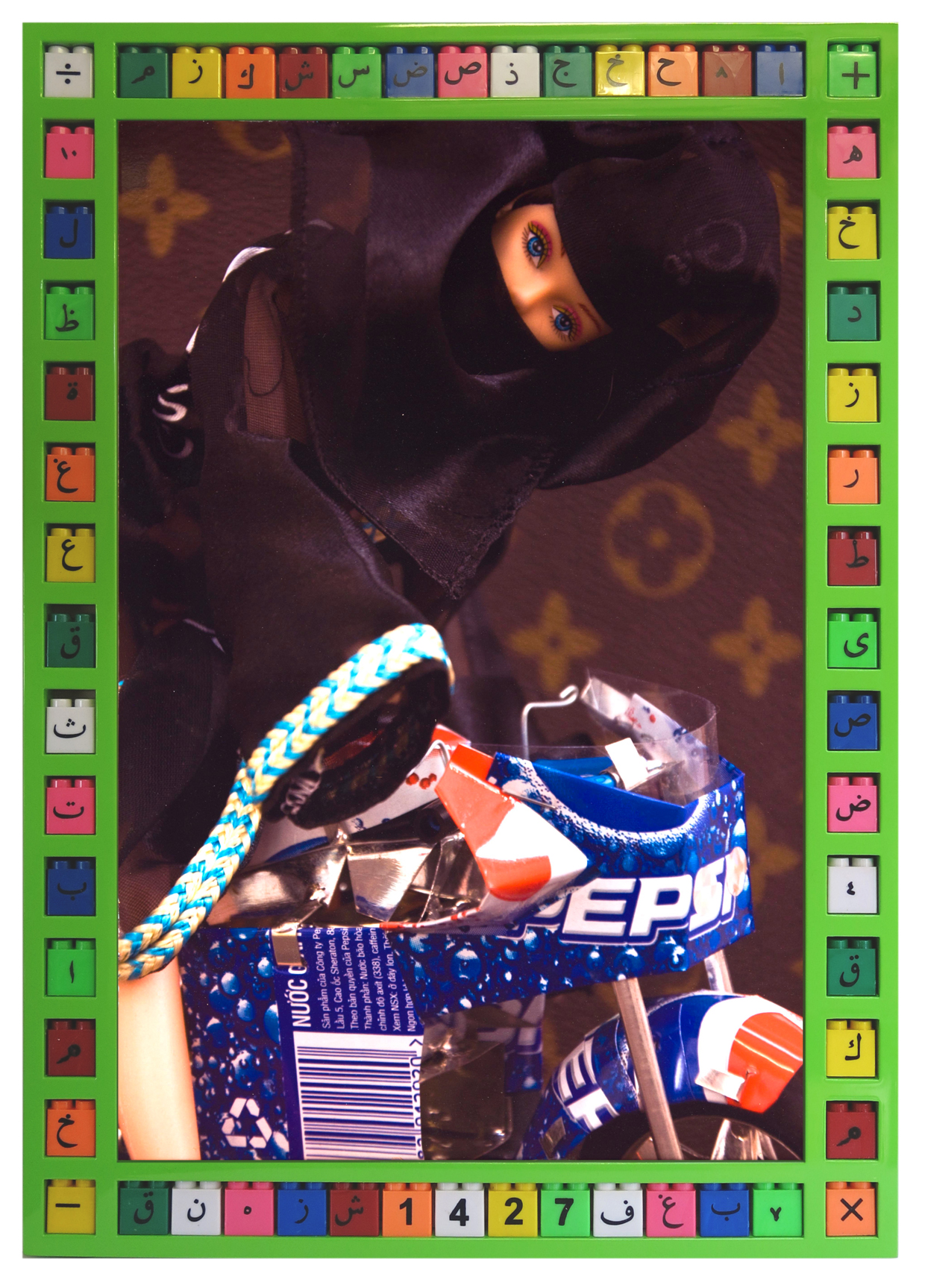
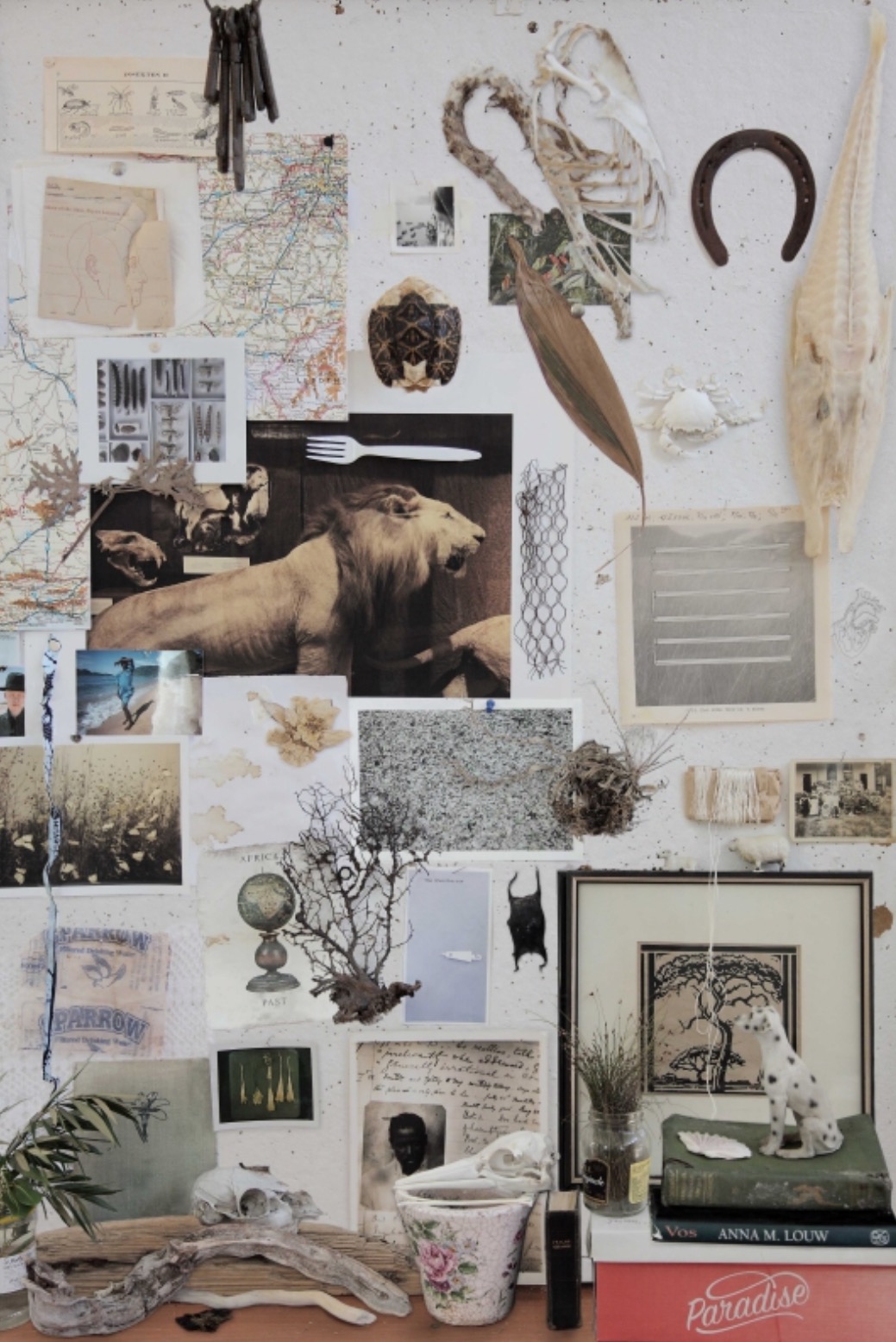
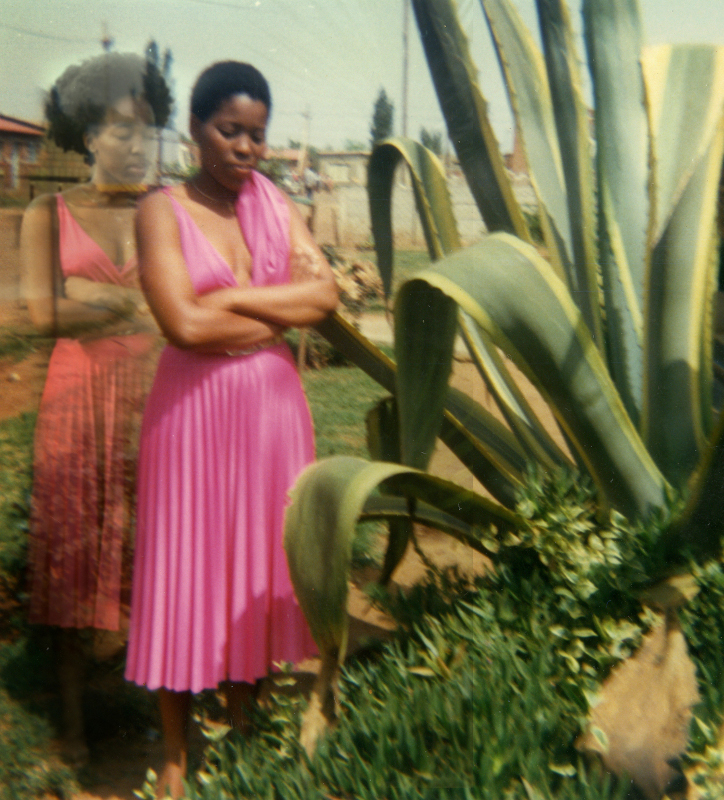
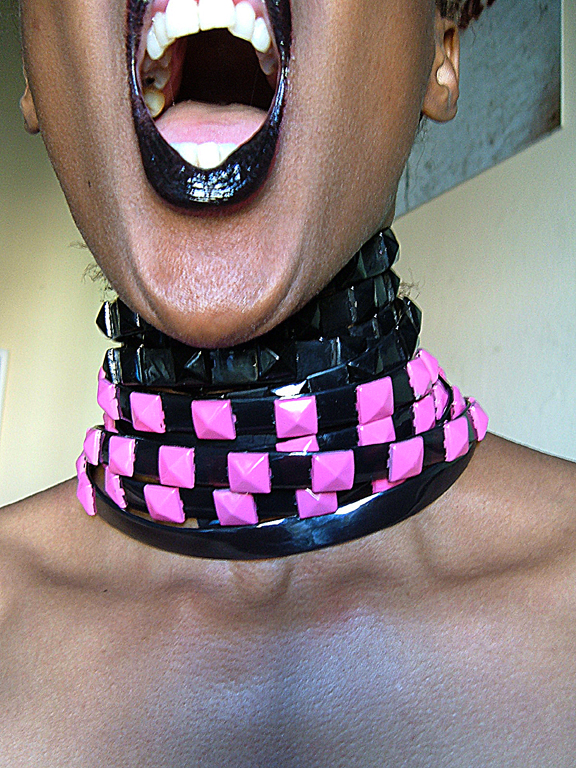
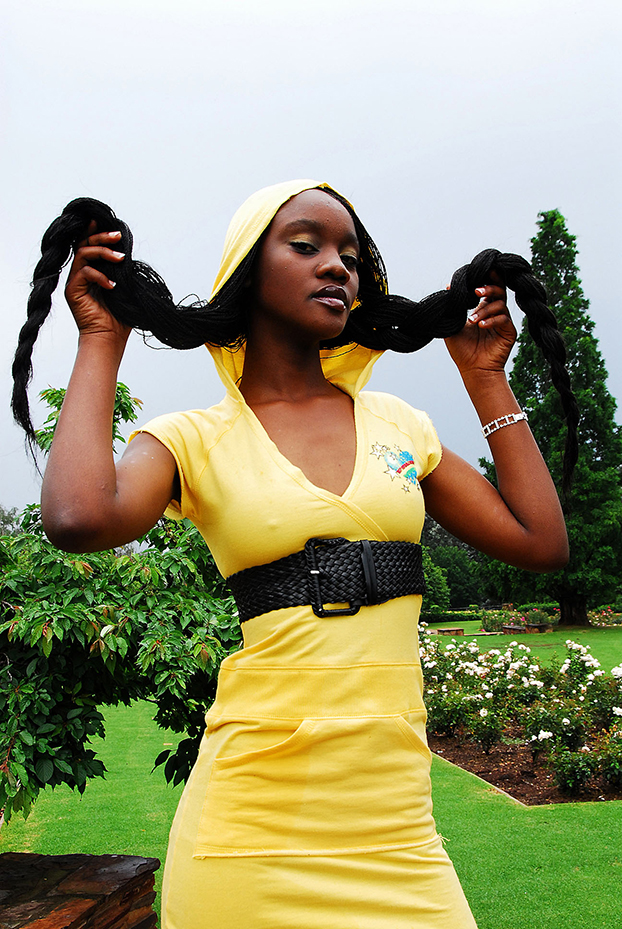
Nontsikelelo Veleko, Trio, 2007, Copyright of Nontsikelelo Veleko and Courtesy of AFRONOVA GALLERY
